
Bump it up walls are displays intended to ‘bump up’ your students’ level of achievement. They are growing in popularity due to the research of John Hattie, and Lyn Sharrat, and are popping up in classrooms and staff meetings around the world.
While they are growing in popularity, Bump It Up Wall research is still notoriously hard to find. If you do a quick search on Google, then you will be disappointed to find that there are very few research papers specifically researching the effect size of BIUW pedagogy.
However, we can make links to other research about the way learners learn and John Hattie is a great place to begin. John Hattie found that worked examples have a very high effect, and as Bump It Up Walls are created from worked examples, the link is very clear.
So what is a worked example and how do they relate to bump it up wall research?
A worked example provides explicit guidance indicating how to solve a particular problem,
consisting of the problem statement along with a possible solution (Hilbert & Renkl, 2009;
Renkl, Atkinson, & Große, 2004).
They are more commonly used in maths and science (think about mathematics anchor charts and textbook examples) but they can also be used in literacy settings (annotated modeled response, leveled text, writing exemplar).
Worked examples reduce cognitive load (Paas et al., 2003). For example, showing a student a figure of a square, rather than trying to describe the square verbally, reduces the extraneous cognitive load for that student. This means students’ attention can be redirected toward information that is important for the development of schemas, such as vocabulary and real-world examples (e.g squares are 2D shapes that have four equal sides – like a waffle or a floor tile).
Worked examples also demonstrate excellence (think of WAGOLL or ‘What a good one looks like’). In a classroom setting, we can use partially worked examples and give students the task of completing the ‘problem’, for example ending a story. We can also give students pairs of worked examples to compare and contrast.
So what makes effective worked examples and how do we emulate this in a Bump It Up Wall?
Renkl (2005) suggests that students only gain deep understanding through worked examples when the examples:
(1) are self-explanatory.
(2) provide principle-based, minimalist, and example-relation instructional explanations as help.
(3) show relations between different representations.
(4) highlight structural features that are relevant for selecting the correct solution procedure.
(5) isolate meaningful building blocks.
To translate this research to bump it up walls:
1. We can make our walls self-explanatory by including a Learning Intention (and explicitly deconstructing the learning Intention so that students understand the learning task).
- We can ensure that our examples are of high quality, our examples and walls are not cluttered, and that they only include success criteria that have been explicitly taught. They should also include annotations that help students to better understand the examples.
- We can link our examples through visual means such as color-coding, string, and organization of our wall.
- We can ensure that the core domains of the worked examples are clear; for instance, when writing a text, features highlighted should include structure, language features, grammar and punctuation, story arc, etc). Information relevant to other text types should not be on the wall confusing students.
- We can use the most meaningful building blocks: success criteria. For early primary (K-3) between 5-7 success criteria should be agreed on (co-constructed is preferred). In middle to upper primary and above, 7+ success criteria can be used. We can isolate success criteria by planning to teach each success criteria explicitly, provide clear visual aides detailing each success criteria, and provide a student checklist that clearly states every success criteria.
In addition to providing worked examples on your BIUW, provide students with multiple examples. Spiro, Feltovich, Jacobson, & Coulson (1991) affirmed that providing a wide range of examples (and having students create their own examples) helps foster broad knowledge transfer and “cognitive flexibility”.
While research relating to Bump It Up Walls is limited, we can learn much from existing research and its application in the paradigm of Bump It Up Walls (and their close cousin, Learning Walls).
Ready to get started with Bump It Up Walls? Try our done-for-you Bump It Up Wall resources.
Get the most out of Bump It Up Walls and Learning Walls with our Teachie Tings Facebook group
It’s our friendly community where we share ideas, discuss pedagogy and boost the success of our students thorough Bump It Up Wall and Learning Wall pedagogy. Join here!
References:
Hattie, J. (2008). Visible learning. Routledge.
Hilbert, T. & Schworm, Silke & Renkl, Alexander. (2004). Learning from worked-out examples: The transition from instructional explanations to self-explanation prompts.
Paas et al. (2003) Cognitive load theory and instructional design: Recent developments
2003, Educational Psychologist
Renkl, A. (2005). The Worked-Out Examples Principle in Multimedia Learning. In R. E. Mayer (Ed.), The Cambridge handbook of multimedia learning (pp. 229–245). Cambridge University Press.
Renkl, A., Atkinson, R.K. & Große, C.S. How Fading Worked Solution Steps Works – A Cognitive Load Perspective. Instructional Science 32, 59–82 (2004).
Spiro, R. J., Feltovich, P. J., Jacobson, M. J., & Coulson, R. L. (1991). Knowledge Representation, Content Specification, and the Development of Skill in Situation-Specific Knowledge Assembly: Some Constructivist Issues as They Relate to Cognitive Flexibility Theory and Hypertext. Educational Technology, 31(9), 22–25.
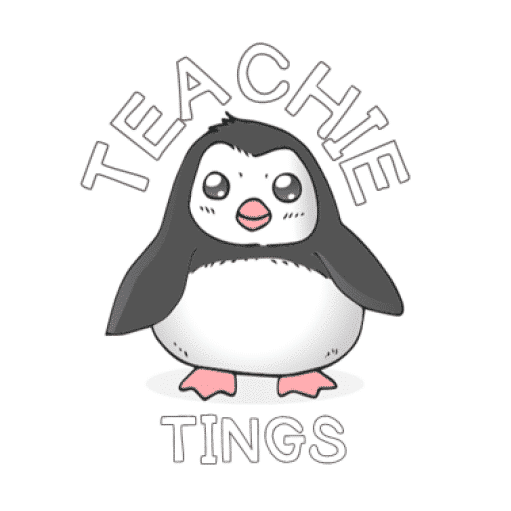
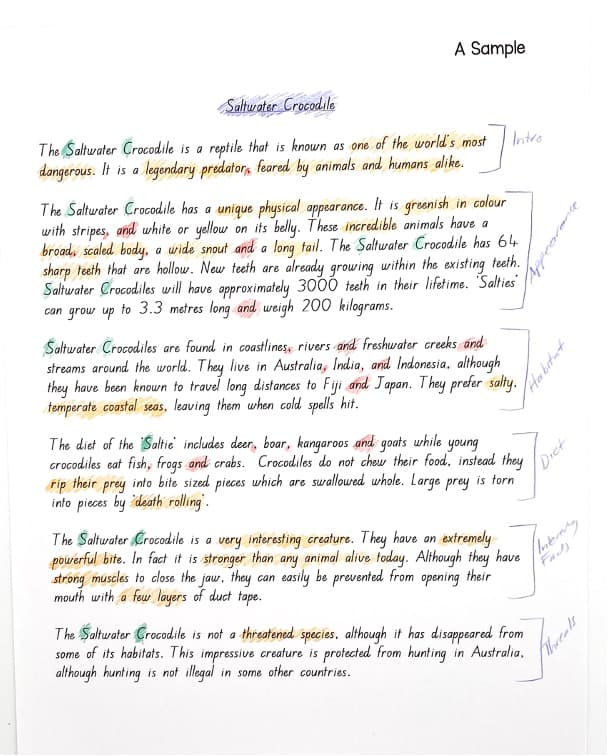
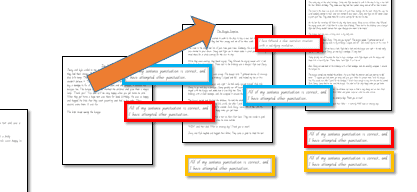
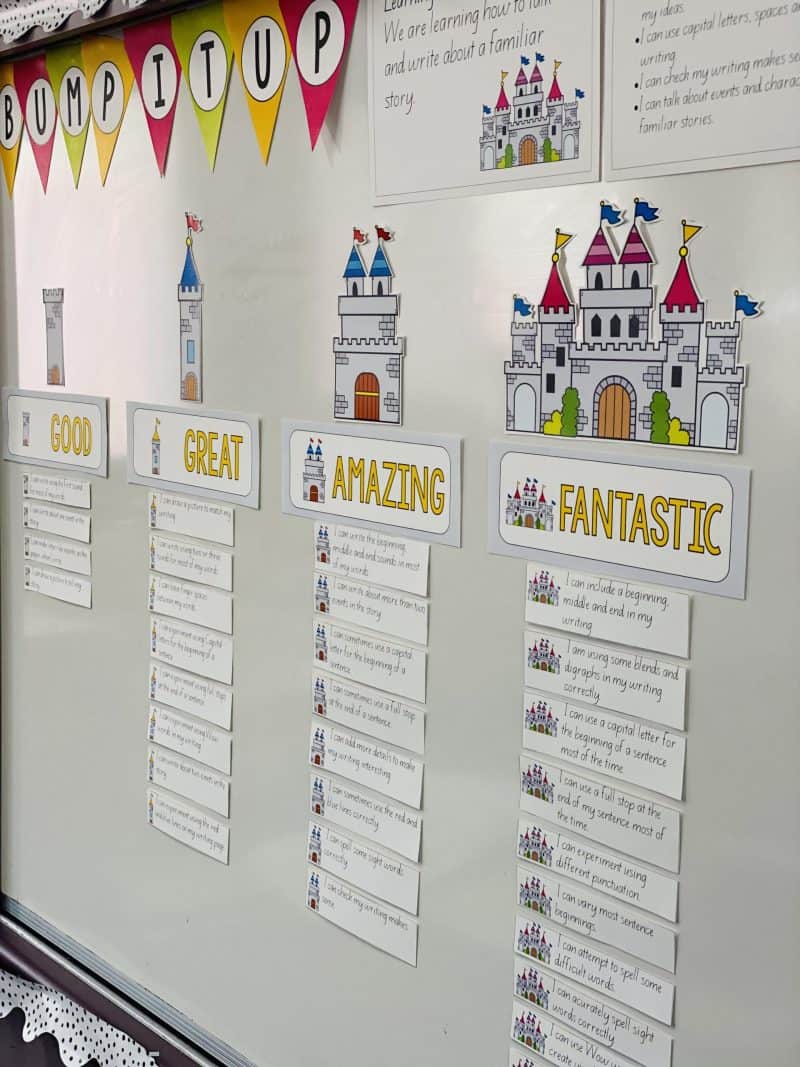
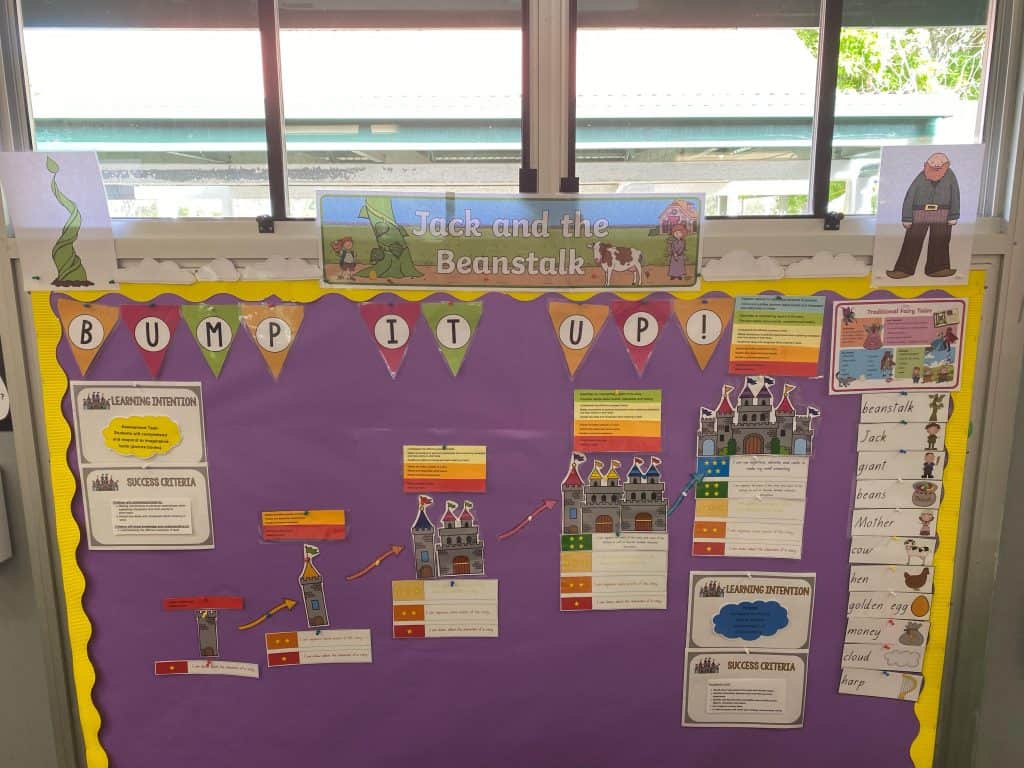
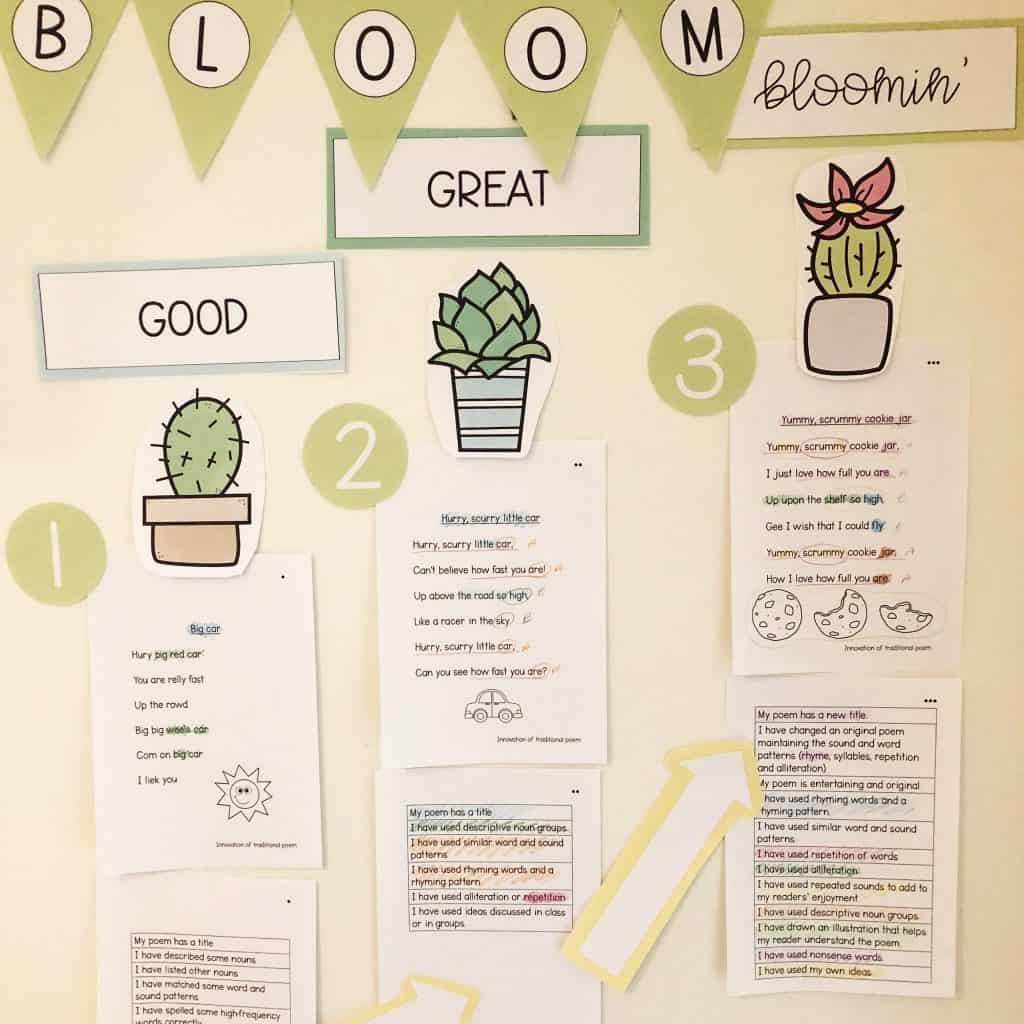
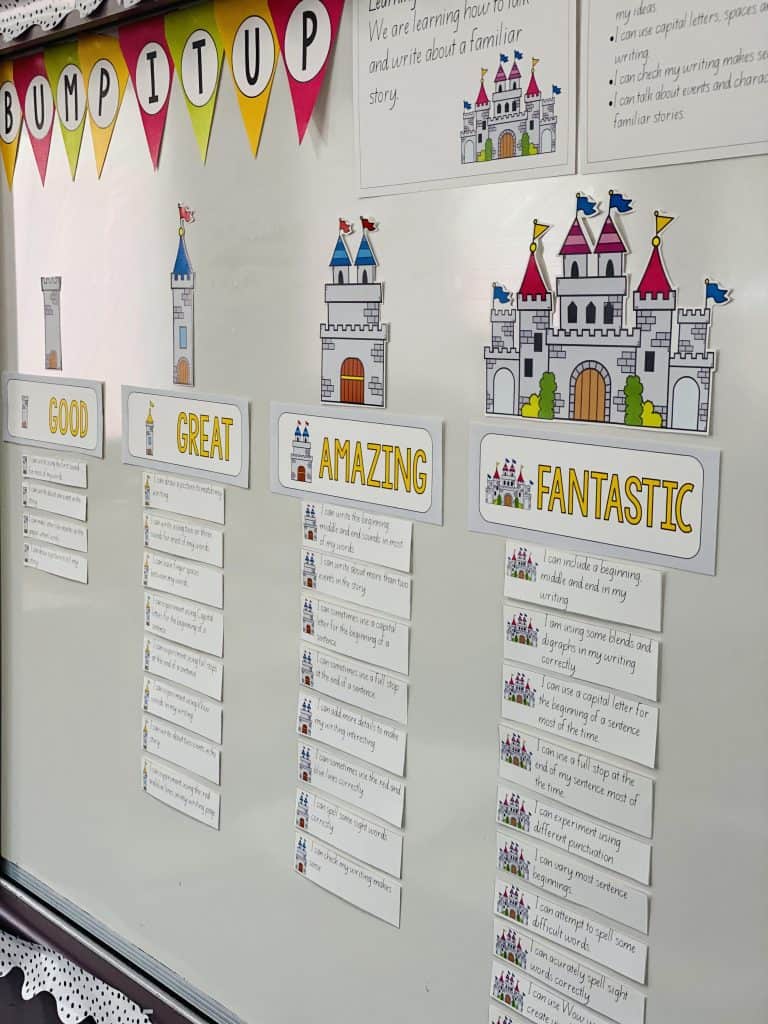
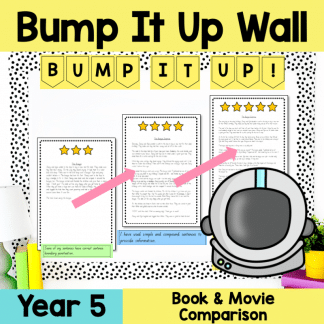
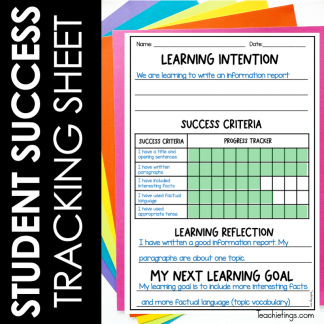
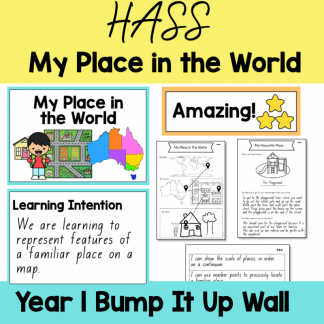
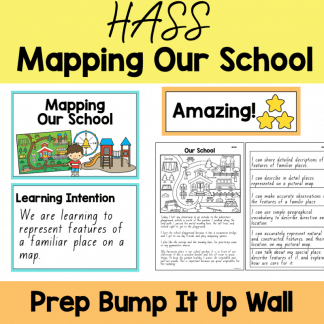
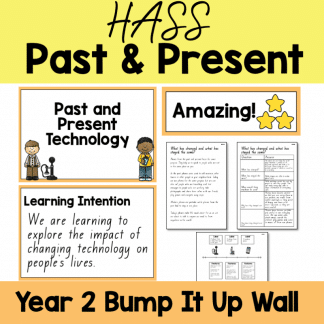
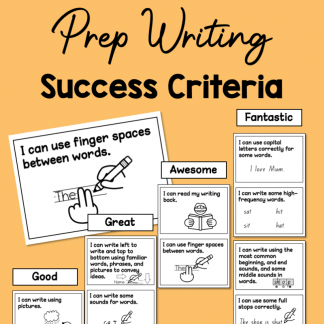
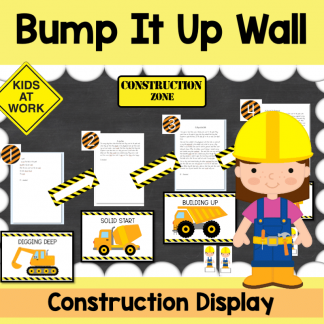
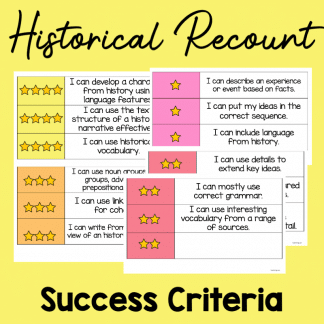
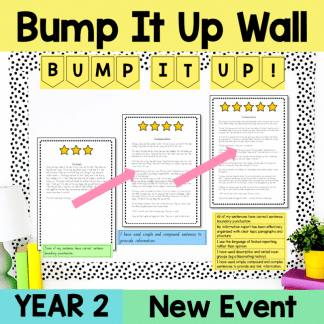
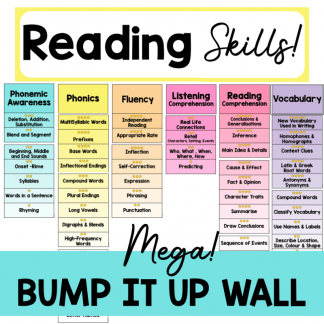
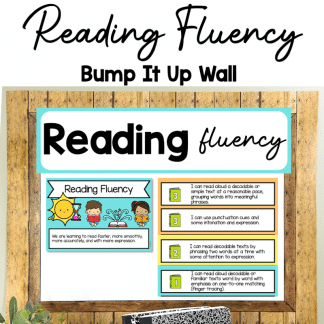
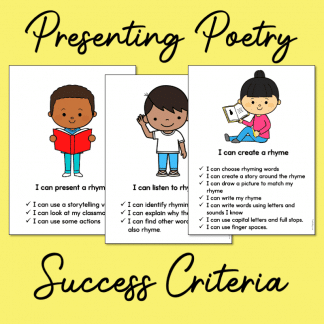
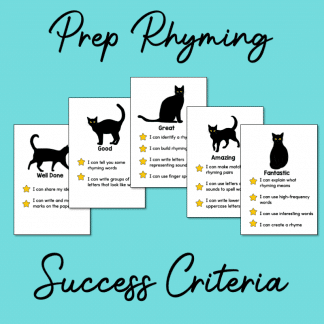
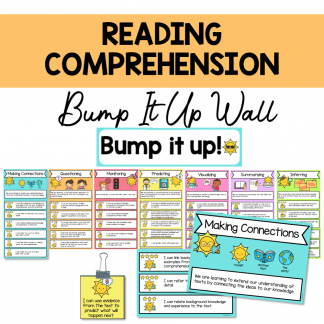
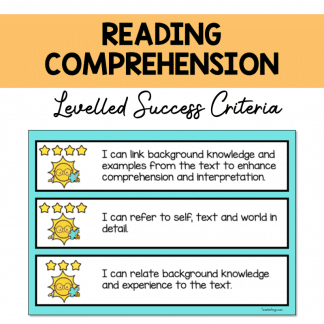
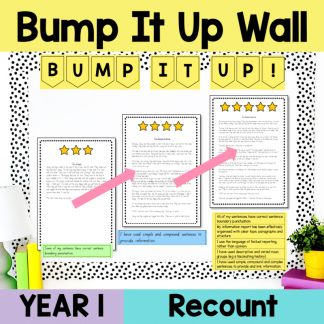
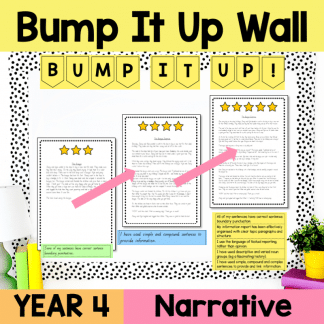
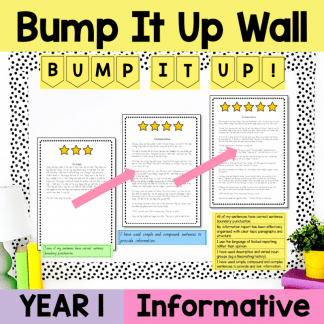
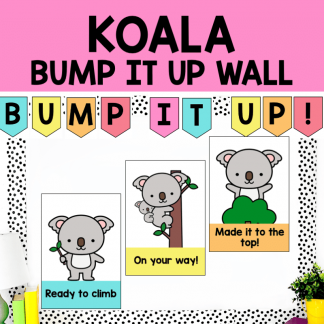
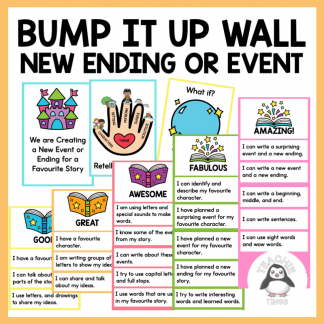
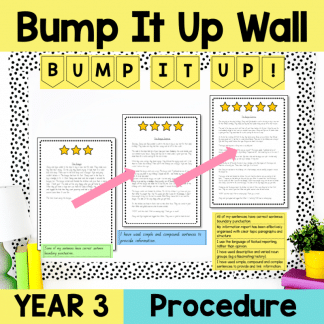
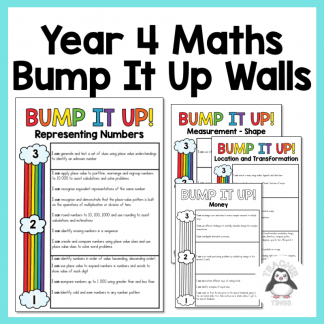


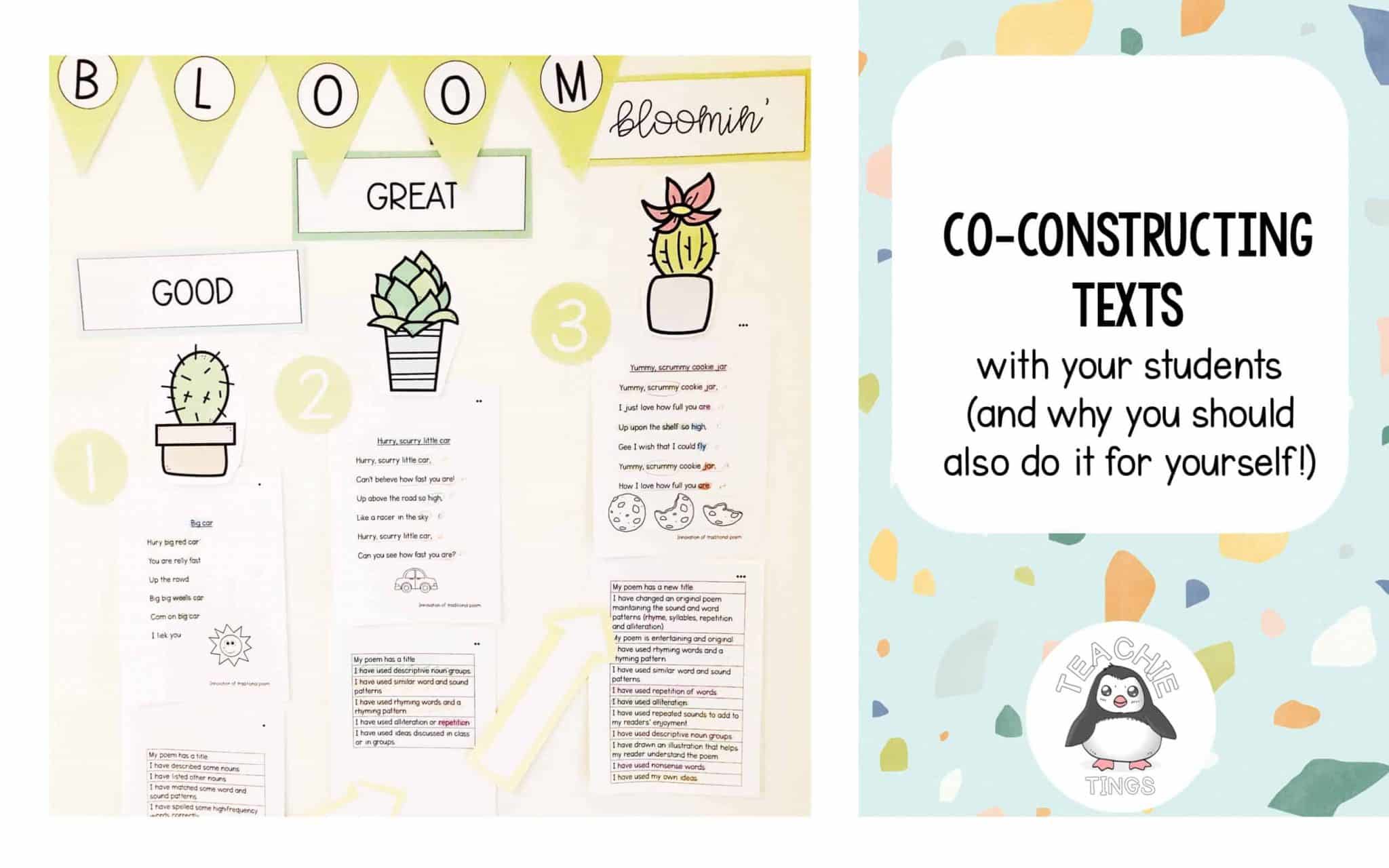
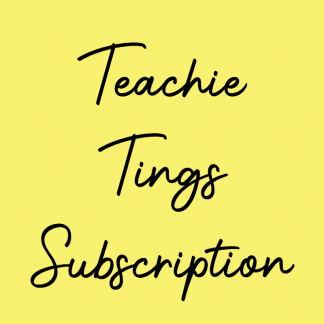
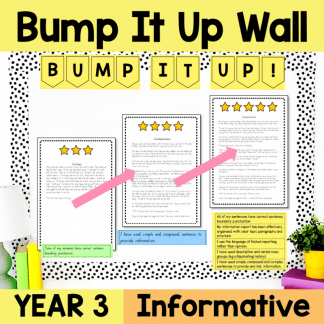

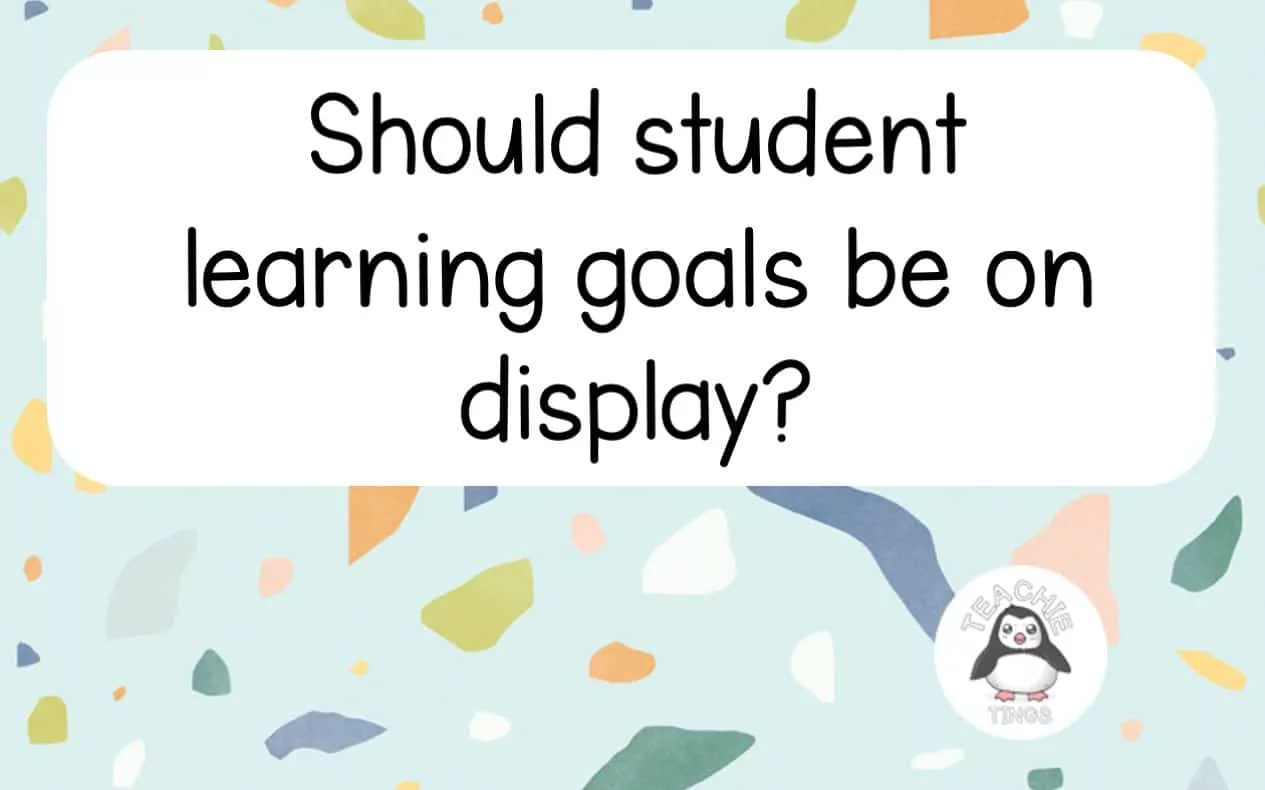
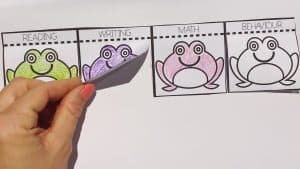 ‘Flipping frogs’ goal mat provides privacy to students.
‘Flipping frogs’ goal mat provides privacy to students.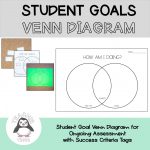 My freebie, Student Goals Venn Diagram, comes with a box for students to draw an identifying picture, instead of writing their name.
My freebie, Student Goals Venn Diagram, comes with a box for students to draw an identifying picture, instead of writing their name.